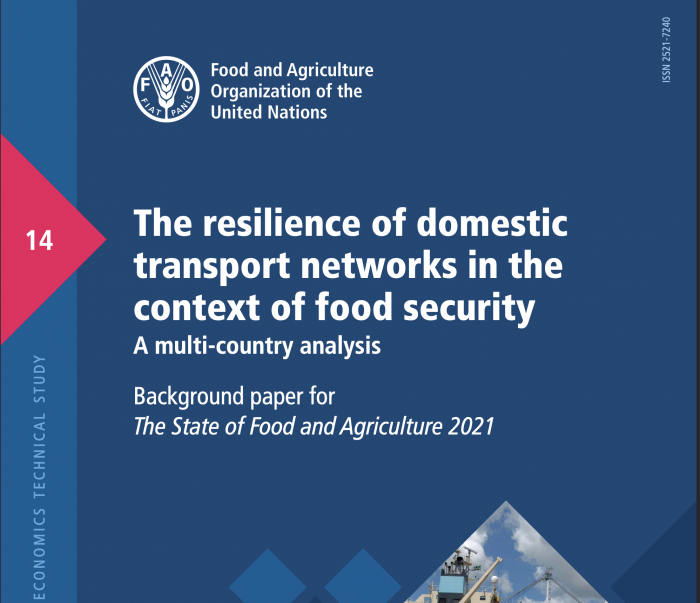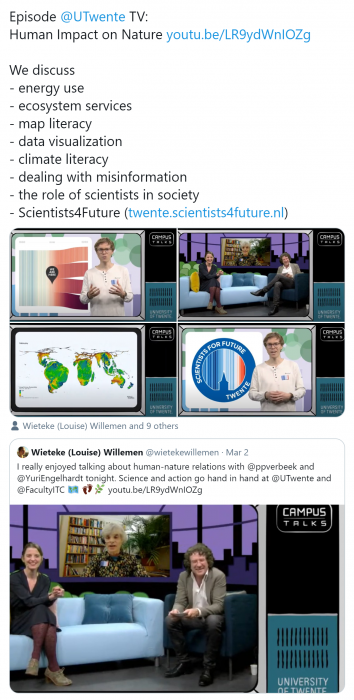Our FAO work now published

You may remember that Robert & Rolf were involved in the project for FAO, in support of FAO's annual publication on the State of Food and Agriculture (SOFA) for the year 2021. Our project was to determine what can be said about how resilient national food transport systems are with respect to disruptions. To this end, we studied the conditions in 90 countries. FAO just published our report as a background paper to SOFA 2021. Below are the abstract and the link. Happy this is now finally out.
Abstract
Transport infrastructure and logistics, not least domestic food transport networks, are an integral part of agrifood systems, and play a fundamental role in ensuring physical access to food. However, the resilience of these networks has rarely been studied. This study fills this gap and analyses the structure of food transport networks for a total of 90 countries, as well as their resilience through a set of indicators.
Findings show that where food is transported more locally and where the network is denser, systematic disturbances have a much lower impact. This is mostly the case for high-income countries, as well as for densely populated countries like China, India, Nigeria and Pakistan. Conversely, low-income countries have much lower levels of transport network resilience, although some exceptions exist. The study further simulates the effect of potential disruptions – namely floods – to food transport networks in three countries. The simulation illustrates the loss of network connectivity that results when links become impassable, potentially affecting millions of people. Overall, this study provides a first geospatial framework to represent and model national food transport network resilience at a global scale considering not only local production and consumption, but also international trade. It has established a new toolkit for measuring resilience, which promises further use and applications beyond this study.
The findings in this brief have been adapted from the FAO report The State of Food and Agriculture 2021. Making agri-food systems more resilient to shocks and stresses.
THe full report is here.




